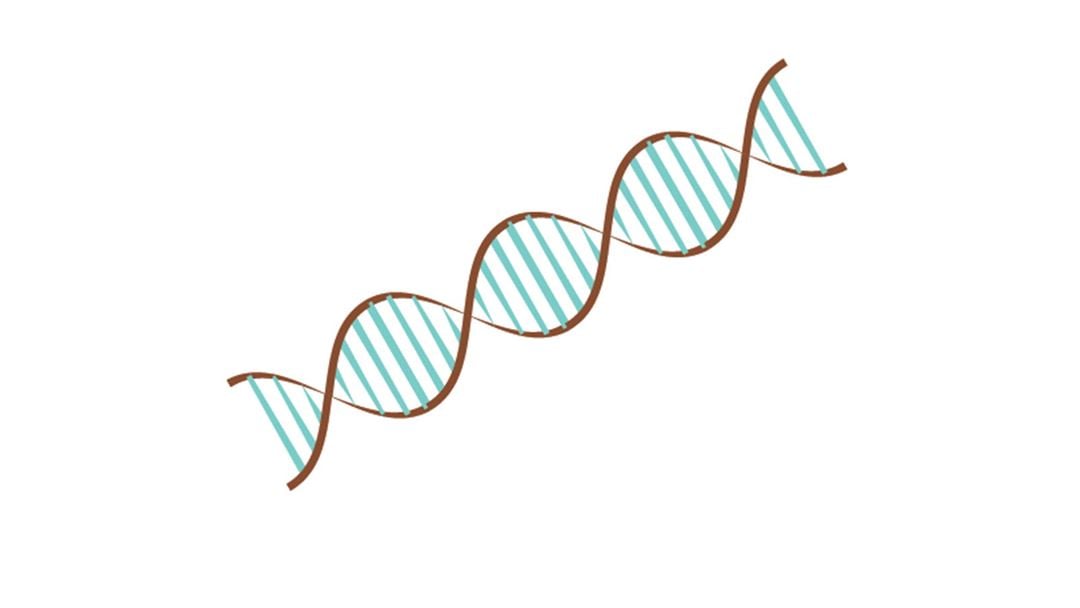WP3: Genetics and Disease (UiB, SAMS, IOCAS)
Sugar kelp is one of the most relevant species for cultivation in Norway, and a main object of MACROSEA was to examine genetic diversity and adaptation of sugar kelp along the coast.

Sugar kelp is one of the most relevant species for cultivation in Norway, and a main object of MACROSEA was to examine genetic diversity and adaptation of sugar kelp along the coast. Growth and gene expression of sugar kelp cultures from Tromsø, Trondheim and Bergen cultivated together under laboratory conditions simulating the growth environment in North-, Mid- and South-Norway in May (sea temperature and day length) (“common garden experiment”) showed a clear tendency of better growth of sugar kelp originating from the Tromsø culture. In order to examine the genetic structure and gene flow in populations of sugar kelp, samples from 21 stations, where 12 were placed in the coastal area from outer Oslofjord to Porsanger and nine in Hardangerfjord and Sognefjord, were analyzed. The results showed good gene flow and little genetic structure, except for a reduced gen flow between South- and North-Norway and between coastal stations and the innermost fjord stations. The results also suggested some degree of genetic adaptation of sugar kelp populations in the Skagerrak area and in the two fjords. Another study of sugar kelp was carried out on material collected from Scotland and the west coast of Sweden. The results of these studies show that gene flow between populations is strongly dependent on local currents, at the same time as clear genome-wide signatures of adaptation was evident.
